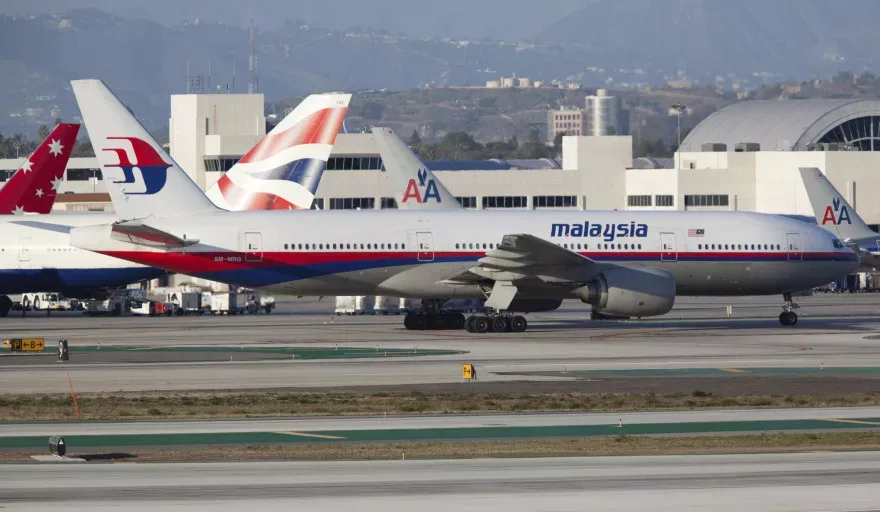Malaysia Airports Holdings Bhd (MAHB) plans to convert some of the oil-palm plantations surrounding Kuala Lumpur’s main air terminal into attractions such as theme parks, concert halls and golf courses in order to attract businesses and visitors.
A factory outlet venture with Mitsui Fudosan Co. (8801), Japan’s biggest developer, will open in the area next year, and new towns have sprung up near the airport that will help the zone dubbed “KLIA Aeropolis” grow, Chief Financial Officer Faizal Mansor said in an interview in early June. Malaysia Airport has about 22,000 acres (9,000 hectares) of land in Sepang, where the international airport and a Formula One track are located.
“I don’t think any other airport in the world has got the kind of land bank that we have,” Faizal said. As the area gets more developed, “the airport then slowly becomes less and less a destination for passengers to take a flight, more and more a destination by itself.”
Malaysia competes with neighbours including Singapore and Thailand for tourism and foreign direct investment. The country opened the world’s largest terminal for low-cost carriers last month to tap rising air travel among Asian consumers. Sepang-based AirAsia Bhd. (AIRA), which has grown into the region’s biggest budget airline in the past decade, has contributed to a doubling in visitors to Malaysia in that period.
The country had 25.7 million visitors and collected 65.4 billion ringgit (US$20.4 billion) in tourism receipts last year, according to Tourism Malaysia. The government targets 36 million tourists a year and 168 billion Malaysian Ringgit in receipts by 2020.




















